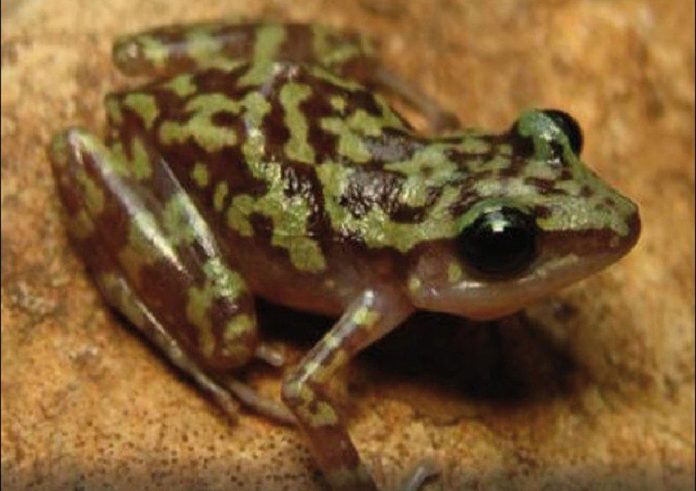Twenty-one new species of flora and fauna were discovered in Mexico between 2012 and 2017, including two types of frogs and five different wasps.
The Natural Protected Areas Commission (Conanp) said in a statement that the species were found in 13 natural protected areas (ANPs) from the Sierra de Álamos-Cuchujaqui River ANP in the north of the country to the Lagunas de Montebello National Park in the south.
The list of the new species includes 10 invertebrates, an eel, two amphibians, six types of plants, a previously-undiscovered bacterium and a fungus.
“The recording of these new species provides clear evidence that there are species in natural protected areas that have not yet been analyzed by science. [They] could be of great relevance and value to humanity in terms of their natural resources,” Conanp said.
Conanp head Alejandro Del Mazo Maza said that many more new species remain to be discovered and that Conanp will continue to look for them.
“With the discovery of new species of flora and fauna . . . not only is the range of known specimens widened but it also provides a genetic resource of great value for science in the fields of medicine, the curing of diseases and food. It’s a fact that animals and plants provide great solutions to human challenges,” he said.
Among the new plant species discovered are varieties of the Rubiaceae, Magnolia, Cactus and Apiaceae families while a previously-unknown spider, beetle, mantis and mite were also found.
Other natural protected areas where at least one of the 21 species was discovered include the Tuxtlas rainforest region of Veracruz, where a scarlet macaw chick recently hatched for the first time in 50 years, Scorpion Reef off the northern coast of the Yucatán peninsula and the Cumbres de Monterrey National Park in Nuevo León.
Source: Milenio (sp)
